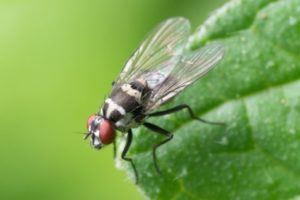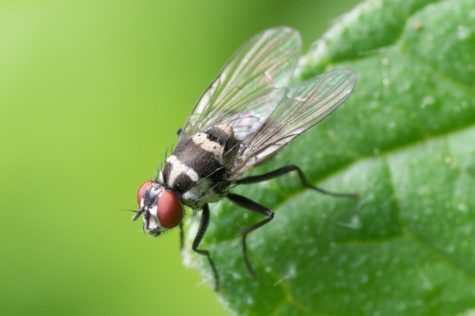STATE COLLEGE, Pa. — The potential for flies to spread deadly diseases has been well-documented and studied, but a recent research reveals even more troubling details as to the pests’ ability carry pathogens. It turns out that flies buzzing around cities may be more likely to transport greater loads of stomach-turning bacteria than those in natural environments.
Researchers from Penn State University’s Eberly College of Science studied the microbiomes of houseflies and blowflies from locations on three different continents. Some of the flies carried hundreds of different types of bacteria, many of which are harmful to humans. Scientists say that bacteria actually use the insects as vessels to spread to other organisms, thus leading to outbreaks. The study adds to the body of research showing the potential for flies to lead to epidemics.

“We believe that this may show a mechanism for pathogen transmission that has been overlooked by public health officials, and flies may contribute to the rapid transmission of pathogens in outbreak situations,” said Donald Bryant, study author and professor of biotechnology and biochemistry at Penn State, in a release.
Bryant and his team were able to study different body parts of the flies to see how possible pathogens were spread. They found that a fly’s legs transfer most of the bacteria and possibly harmful microorganisms from one surface to another.
“The legs and wings show the highest microbial diversity in the fly body, suggesting that bacteria use the flies as airborne shuttles,” adds co-author Stephen Schuster, a former professor of biochemistry and molecular biology at Penn State, and now research director at Nanyang Technological University in Singapore. “It may be that bacteria survive their journey, growing and spreading on a new surface. In fact, the study shows that each step of hundreds that a fly has taken leaves behind a microbial colony track, if the new surface supports bacterial growth.”
Both blowflies and houseflies are routinely exposed to unhygienic surfaces because they feed on and lay eggs in decomposing animals and feces. But, in an interesting finding, the researchers discovered that flies collected from animal barns and stables had fewer pathogens than those collected from urban environments.
“It will really make you think twice about eating that potato salad that’s been sitting out at your next picnic,” says Bryant. “It might be better to have that picnic in the woods, far away from urban environments, not a central park.”
The study was published November 24, 2017 in the journal Scientific Reports.
